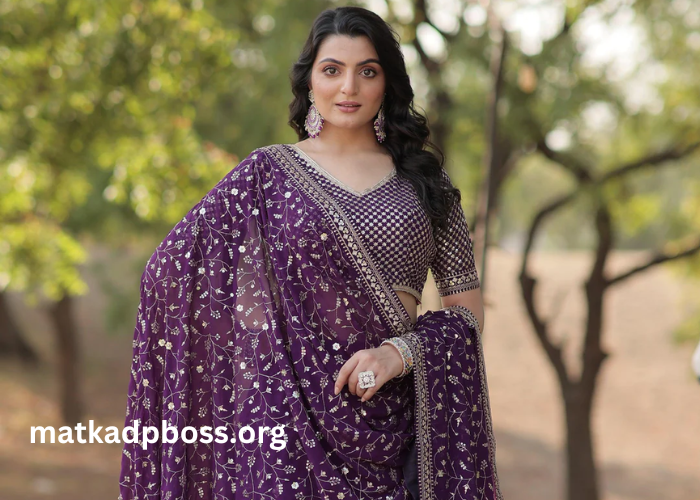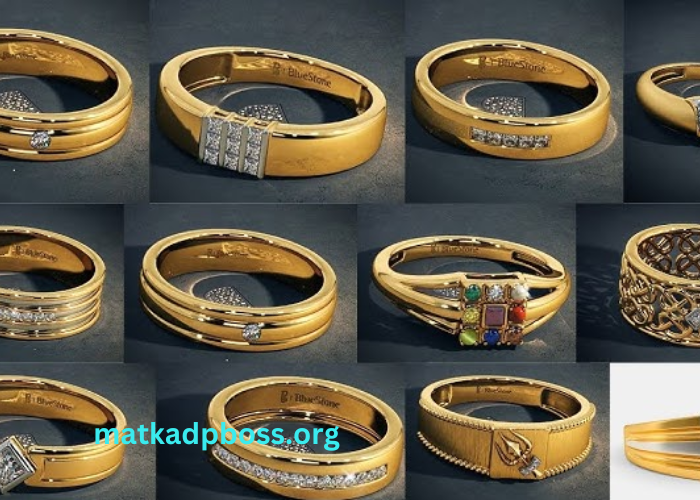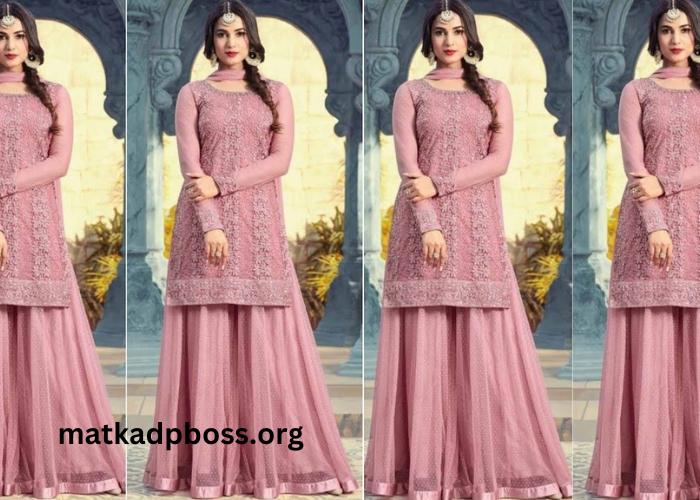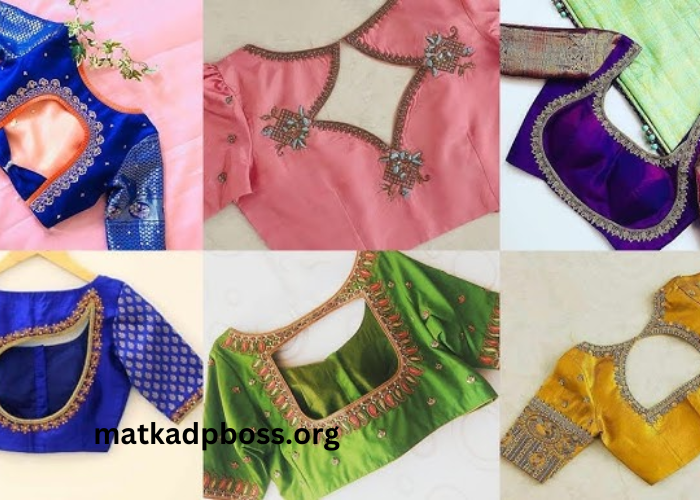When it comes to Indian weddings, the attire often speaks volumes about the culture, traditions, and personal styles of the bride and groom. One of the most iconic pieces of clothing for brides is thewedding:_C0ptoliffe= Lehanga. Traditionally designed and adorned, lehangas are a reflection of artistry, grace, and celebration. This article explores the significance of the lehanga in weddings, various styles available, tips for choosing the perfect lehanga, and much more. Whether you’re a bride-to-be or part of a wedding planning team, understanding the intricacies of thewedding:_C0ptoliffe= Lehanga can help you make an informed choice.
What is a wedding:_C0ptoliffe= Lehanga?
Awedding:_C0ptoliffe= Lehanga is a three-piece outfit that typically consists of a long skirt (the lehanga), a blouse (the choli), and a dupatta (a long scarf). This attire has been a part of Indian culture for centuries and is particularly popular in North Indian weddings. The lehanga is usually embellished with intricate embroidery, sequins, and various textiles that enhance its overall appeal.
Lehangas come in a myriad of colors, styles, and fabrics, allowing brides to express their unique personalities while staying true to tradition. The significance of thewedding:_C0ptoliffe= Lehanga extends beyond mere aesthetics; it often carries deep cultural and familial meanings, representing a rite of passage for many brides.
Why is the wedding:_C0ptoliffe= Lehanga Popular Among Brides?
The popularity of thewedding:_C0ptoliffe= Lehanga among brides can be attributed to several factors. First and foremost, the lehanga offers a blend of tradition and modernity. While it retains its cultural roots, contemporary designs make it appealing to modern brides who wish to celebrate their heritage.
Another reason for its popularity is versatility. A lehanga can be styled in multiple ways, allowing for different looks throughout the wedding festivities. Brides often choose a heavier lehanga for the main ceremony, complemented by lighter options for pre-wedding functions such as Mehndi and Sangeet.
Finally, the emotional significance of thewedding:_C0ptoliffe= Lehanga cannot be overlooked. For many families, passing down lehanga designs through generations symbolizes love, commitment, and continuity.
How to Choose the Perfect wedding:_C0ptoliffe= Lehanga?
Choosing the rightwedding:_C0ptoliffe= Lehanga involves several considerations that can make or break your bridal look. Here are some tips to guide you through the selection process:
- Know Your Body Type: Understanding your body type is crucial in selecting a lehanga that flatters your figure. A-line lehangas suit most body shapes, while mermaid cuts are ideal for those looking to accentuate their curves.
- Select the Right Fabric: The choice of fabric impacts not just comfort but also how the lehanga drapes. Popular fabrics include silk, georgette, and net. While silk offers a rich look, georgette is more lightweight and comfortable.
- Consider Color and Embellishments: The color of your lehanga should reflect your personality and the wedding theme. While reds and pinks are traditional for brides, don’t shy away from bold colors like emerald green or royal blue. Embellishments should complement the overall design without overwhelming it.
- Think About Functionality: Your lehanga should not only look stunning but also allow you to move comfortably. Consider the wedding events you will attend and choose a design that fits each occasion.
- Personalize Your Look: Adding personal touches, such as unique embroidery or custom fabrics, can elevate your lehanga from a beautiful outfit to a meaningful piece that tells your story.
By keeping these factors in mind, you can ensure that yourwedding:_C0ptoliffe= Lehanga is not only stunning but also practical for your special day.
What Are the Latest Trends in wedding:_C0ptoliffe= Lehanga Designs?
The world of bridal fashion is always evolving, andwedding:_C0ptoliffe= Lehanga designs are no exception. Some current trends include:
- Sustainable Fashion: More brides are opting for sustainable fabrics and practices. Many designers now offer eco-friendly options for the modern bride who wants to make a statement while being environmentally conscious.
- Floral Embroidery: Floral designs are trending, providing a refreshing break from traditional motifs. This adds a modern twist to the classic lehanga, appealing to brides who want to infuse contemporary elements into their attire.
- Dual-Toned Lehangas: Brides are increasingly opting for lehanga sets that feature dual tones or color-blocking. This not only enhances the visual appeal but also allows for versatile styling options.
- Minimalist Designs: For those who prefer simplicity, minimalist lehangas featuring subtle embroidery and clean lines are becoming popular. This style exudes elegance without overwhelming the senses.
These trends highlight the adaptability of thewedding:_C0ptoliffe= Lehanga and its relevance in today’s fashion landscape.
How to Style Your wedding:_C0ptoliffe= Lehanga for Different Events?
Awedding:_C0ptoliffe= Lehanga can be styled in various ways for different events, adding versatility to your bridal wardrobe. Here’s how to approach styling for different occasions:
- For the Main Ceremony: Choose a heavily embroidered lehanga in rich colors. Pair it with traditional jewelry, such as jhumkas and a maang tikka. A long dupatta draped elegantly can add grace to your overall look.
- For Mehndi and Sangeet: Opt for a lighter, more comfortable lehanga in cheerful colors. Bright shades like yellow or pink work well. Accessories can be fun and playful, featuring floral designs or light jewelry.
- For the Reception: A more contemporary lehanga with modern cuts and embellishments will fit well. Pair it with statement jewelry and a stylish hairstyle to create a glamorous look.
- For Post-Wedding Functions: Consider re-styling your lehanga with different blouses or dupattas to give it a fresh look. This can extend the life of your bridal wear and make it suitable for future occasions.
By carefully selecting your style for each event, you can showcase the beauty of thewedding:_C0ptoliffe= Lehanga while maintaining comfort and elegance.
What Accessories Pair Best with a wedding:_C0ptoliffe= Lehanga?
Accessories play a vital role in completing your bridal look. When selecting accessories for yourwedding:_C0ptoliffe= Lehanga, consider the following:
- Jewelry: Traditional Indian jewelry such as necklaces, earrings, and bangles can enhance your lehanga. Choose pieces that complement your lehanga’s color and embellishments. For a more contemporary look, opt for minimalist or statement pieces that can add flair.
- Dupatta: The dupatta is a crucial element of your lehanga set. Experiment with different draping styles to find one that complements your overall look. You can opt for a heavy dupatta for the main ceremony and lighter styles for other events.
- Footwear: Traditional juttis or embellished sandals work well with lehangas. Ensure your footwear is comfortable, especially for events where you will be standing or dancing for long periods.
- Hairstyle: Your hairstyle can also make a significant impact. Opt for braids, loose waves, or an elegant bun adorned with flowers to complement your lehanga.
By thoughtfully choosing your accessories, you can enhance the beauty of yourwedding:_C0ptoliffe= Lehanga and create a stunning overall appearance.
How to Care for Your wedding:_C0ptoliffe= Lehanga?
Caring for yourwedding:_C0ptoliffe= Lehanga is essential to maintain its beauty and integrity. Here are some tips:
- Dry Cleaning: Always opt for dry cleaning to preserve intricate embroidery and embellishments. Avoid machine washing, as it can damage delicate fabrics.
- Storage: Store your lehanga in a cool, dry place away from direct sunlight. Use a breathable garment bag to protect it from dust and moisture.
- Avoid Stains: Be mindful of food and drinks during your wedding events. Carry a small stain-removal kit to address any mishaps immediately.
- Regular Inspection: After the wedding, inspect your lehanga for any loose threads or damages. Addressing these issues promptly can help extend its life.
By following these care tips, you can ensure that yourwedding:_C0ptoliffe= Lehanga remains as stunning as the day you wore it.
Conclusion
Thewedding:_C0ptoliffe= Lehanga is more than just a piece of clothing; it is a symbol of love, tradition, and celebration. As you prepare for your special day, understanding the significance, styles, and care of a lehanga can enhance your experience. With a myriad of options available, every bride can find the perfect lehanga that resonates with her personality while honoring her heritage.




